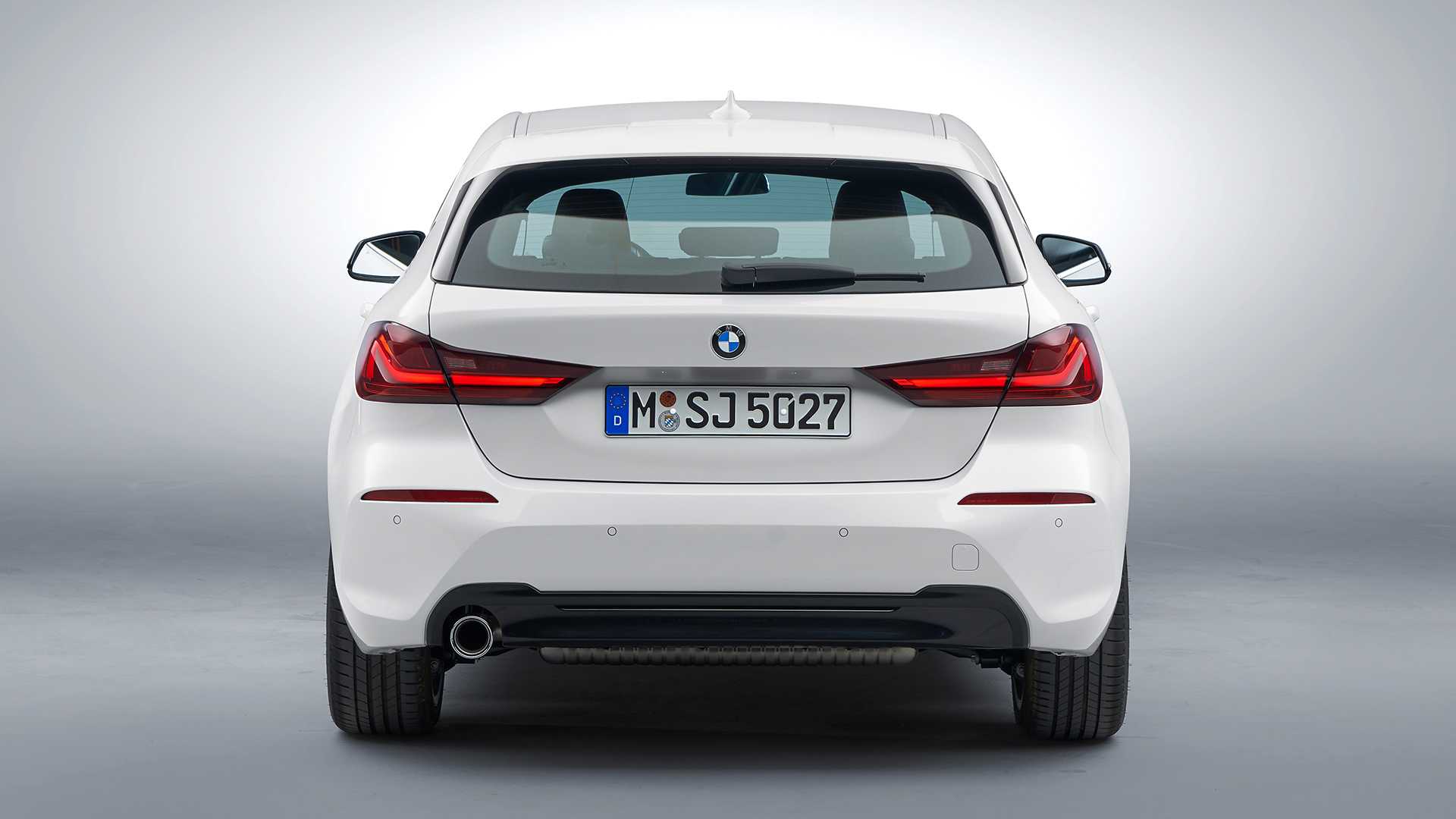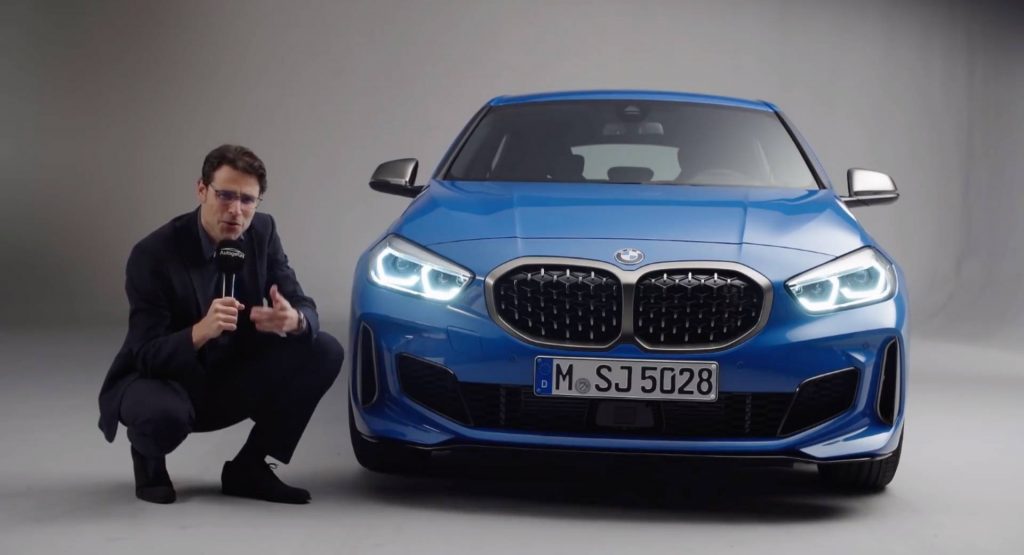The presentation of the third-generation BMW 1 Series hatchback marks an important shift in the company’s small car strategy.
BMW has finally gone mainstream with its compact hatchback and made it a front-wheel-drive car like all its competitors. Is that good or bad? If you ask traditional BMW buyers and purists, it’s bad because in doing so the carmaker has deprived the 1 Series hatch of its unique attribute in the segment: the rear-wheel-drive setup.
With that came a unique driving experience competitor models could not replicate. The trouble is only a minority of BMW 1 Series buyers cared or even knew they were getting an RWD hatch. The vast majority just bought it because it was a premium compact car that looked good, was well built and equipped, and featured powerful and/or fuel-efficient engines.
Also watch: First 2020 BMW 1-Series Hands-On Video Reveals A Modern And Spacious Hatchback

This is why BMW decided it wasn’t worth it to build a car that cost more to make than rivals — this and the fact that some buyers found the previous 1 Series cramped compared to the competition. And so we arrive at the 2020 BMW 1 Series, a car that is much roomier than its predecessors thanks to the shift to a front-wheel-drive platform. By ditching the driveshaft and mounting the engines in a transverse layout rather than a longitudinal one as in previous models, the new BMW 1 Series has become much more enticing from a practical standpoint.
Passenger room (especially at the rear) and cargo volume both have grown significantly, and BMW is adamant the new model still offers the brand’s “signature driving pleasure and dynamic excellence.” The reviews will confirm that or not but until then we invite you to take a detailed look at the new BMW 1 Series hatchback’s interior and exterior courtesy of Autogefühl’s 33-minute video presentation.



